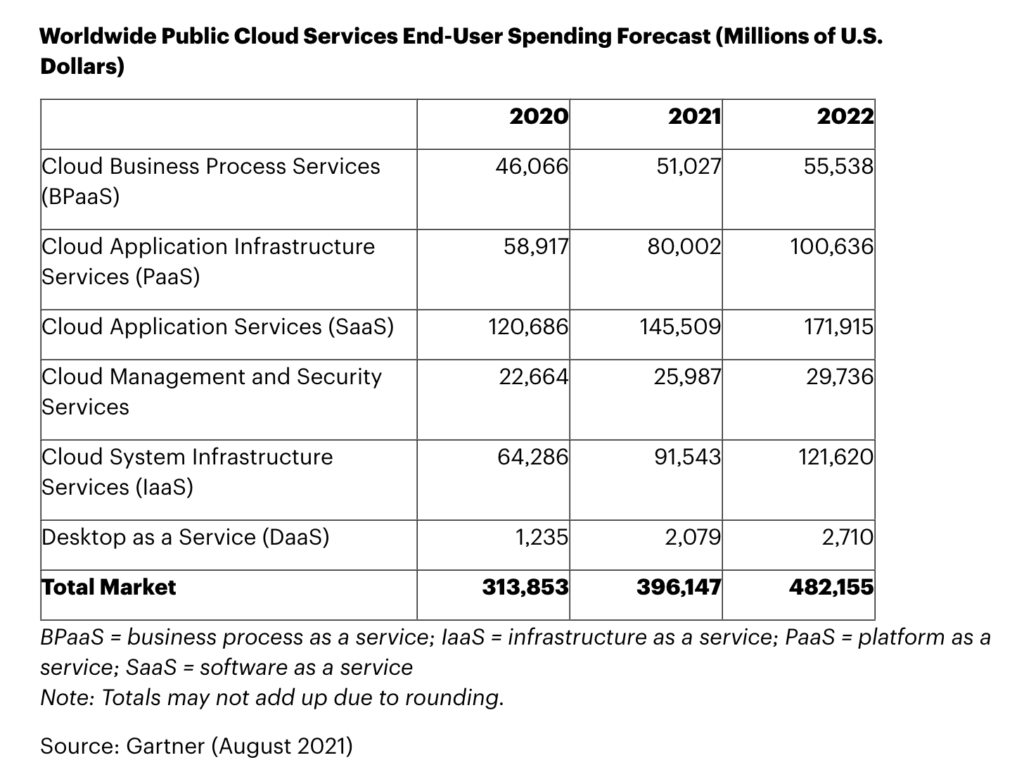Just read a fascinating article on ReadWriteWeb, Will the Semantic Web Have a Gender?, that perfectly illustrates the challenges of semantic branding.
The article summarizes arguments made by Corinna Bath, a researcher who studies gender and technology, in a recent interview. She makes a case that the semantic web may develop a gender bias because the categories of relationships that are becoming standardized — e.g., the Dublin Core ontology — subconsciously reflect the worldview of male computer scientists. This will further calcify certain male-centric concepts.
(I think of this as analogous to how “he” became the default pronoun in the English language.)
Whether you agree with Bath or not, the subtlety she’s pointing out is brilliant: our choices of models and categories will have tremendous impact on how “knowledge” is represented, perceived, positioned, and ranked in the semantic web.
This goes right to the heart of semantic branding.
In my first article on semantic marketing, I wrote that semantic branding is how a company will categorize its data — and hence its products, services, differentiators, thought leadership, etc. One’s choice of metadata will strongly influence how and where its data is used, distributed, and interpreted.
This constitutes a new kind of market positioning and placement via the semantic web.
But this categorization is by no means black-and-white. Making the assumption that the semantic representation of a company can just happen automatically misses the point that associations and characteristics are rarely absolute and are loaded with value judgements. (This may ultimately be the fatal blow to “top-down” approaches to semantifying the web.)
- The categories and characteristics that get associated with something in metadata are not a “given” — they can be highly subjective and error-prone. Just because something is presented as true, doesn’t mean it is true. We learned this in the visible web and on The Colbert Report, but we may need to relearn it in the semantic web.
- In a categorization-centric worldview, the definition of categories — and the categories and models that become dominant, such as the Dublin Core — wield tremendous power in shaping semantic conversions and positioning.
In the semantic web, companies/people/concepts will have a brand that will very much be defined and colored by how they are modeled and represented.
According to Bath, the semantic web is in danger of having a strong “male” brand. She may be right. But the why and how of that branding is going to be a recurring issue across many, many domains.
As semantic web models and categories across most fields of knowledge are currently undefined or in early ferment, there is great opportunity for first movers to frame the playing field in ways that are advantageous to their brand.


